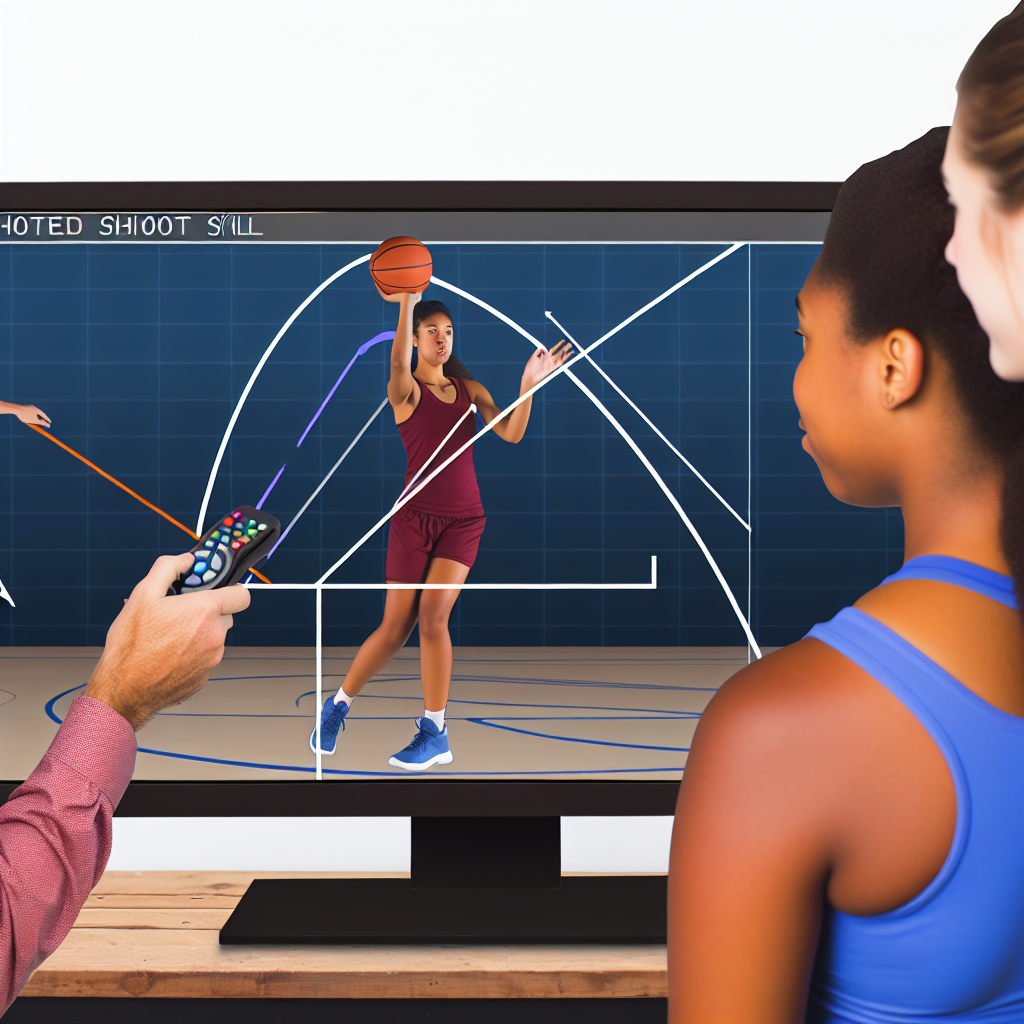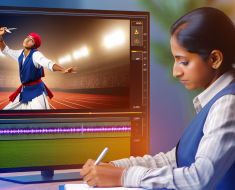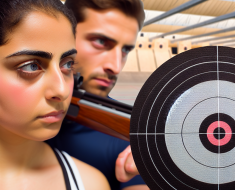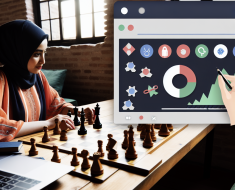How to Use Video Analysis to Improve Your Shooting

Shooting is a skill that requires precision, consistency, and continual refinement. Whether you are an athlete working on your basketball jump shot, a soccer player aiming for more accurate strikes, or a marksman perfecting your aim, the use of video analysis has become an indispensable tool in elevating performance. This article explores how video analysis can transform your shooting skills by providing detailed insights into your technique, identifying areas of improvement, and tracking progress over time.
Understanding the Role of Video Analysis in Shooting Improvement
Video analysis involves recording your shooting attempts and reviewing them frame-by-frame to examine mechanics, timing, and execution. Unlike relying solely on subjective feelings or coach feedback, video provides objective data that can pinpoint subtle flaws or strengths that may otherwise go unnoticed.
According to a 2020 study published in the Journal of Sports Sciences, athletes who incorporated video feedback into their training improved their shooting accuracy by up to 15% over eight weeks compared to those who did not use such technology. This clearly demonstrates the power of visual feedback in skill acquisition.
- Objective Feedback: Video eliminates guesswork by showing exactly what happened during a shot.
- Repetition & Consistency: Allows comparison across multiple shots to identify patterns.
- Self-awareness: Athletes gain better understanding of body positioning and movement.
In essence, video analysis acts as a mirror reflecting your shooting form back at you with precision and clarity, enabling targeted improvements.
Setting Up for Effective Video Analysis: Tools and Techniques
The foundation of successful video analysis is capturing high-quality footage that clearly shows your shooting mechanics. Here are some practical tips on setting up your recording environment:
- Camera Positioning: Position the camera at multiple angles—front-on to assess alignment, side view for follow-through and body posture, and sometimes overhead for trajectory analysis.
- Use High Frame Rate Cameras: Devices capable of recording at 60fps or higher allow slow-motion playback to analyze fast movements precisely.
- Consistent Lighting: Ensure the area is well-lit so key movements aren’t obscured by shadows or glare.
- Stable Mounting: Use tripods or mounts to avoid shaky footage which complicates detailed review.
Technological tools for video analysis range from simple smartphone apps like Hudl Technique or Coach’s Eye to advanced software such as Dartfish or Kinovea. These programs provide features like frame-by-frame playback, angle measurements, side-by-side comparisons, and drawing tools to highlight specific movements.
Analyzing Your Shooting Mechanics: Key Elements to Focus On
The next step is breaking down your shooting form into critical components for review. The exact focus areas may vary depending on the sport or type of shooting you practice but generally include the following elements:
- Body Alignment: Check if your feet, hips, and shoulders are aligned toward the target. Misalignment often leads to inconsistent shots.
- Shooting Grip and Hand Placement: Analyze how you hold the ball or weapon—too tight a grip can reduce fluidity while too loose may compromise control.
- Follow-Through: Observe whether your wrist flicks properly after release (in basketball) or if your arm extension is complete (in archery).
- Balance and Stability: Are you balanced on both feet? Is there excessive swaying during the shot?
- Timing and Release Point: Timing is crucial; delayed releases or improper timing can drastically reduce accuracy.
A practical example comes from basketball shooting clinics where coaches use video analysis to identify “early lifts” — when players raise their shooting arm too soon — leading to lower shot percentages. By showing players slow-motion clips highlighting this flaw, they adjust their timing accordingly with measurable improvement in shot success rate reported within weeks.
The Science Behind Video Feedback: Why It Works
The effectiveness of video analysis is grounded in several cognitive and motor learning principles that enhance skill development:
- Visual Learning: Humans process visual information faster than verbal instructions; seeing yourself perform helps reinforce correct techniques more intuitively.
- Error Detection & Correction: Immediate visual feedback accelerates identification of mistakes allowing quicker corrections during practice sessions.
- Mental Imagery Reinforcement: Watching videos aids athletes in mentally rehearsing correct movements which improves muscle memory formation.
- Kinematic Awareness: Understanding joint angles and motion paths enables more precise motor control adjustments.
A case study conducted with elite archers showed that those who used video feedback combined with verbal coaching improved their grouping accuracy by nearly 20% over two months versus control groups relying on traditional coaching alone. This highlights how technology complements human instruction effectively.
Troubleshooting Common Shooting Issues Using Video Analysis
Shooting problems can stem from various mechanical inefficiencies or psychological blocks. Video analysis helps break down complex issues into manageable parts for targeted intervention. Some common problems include:
- Lack of Consistency:</strong







